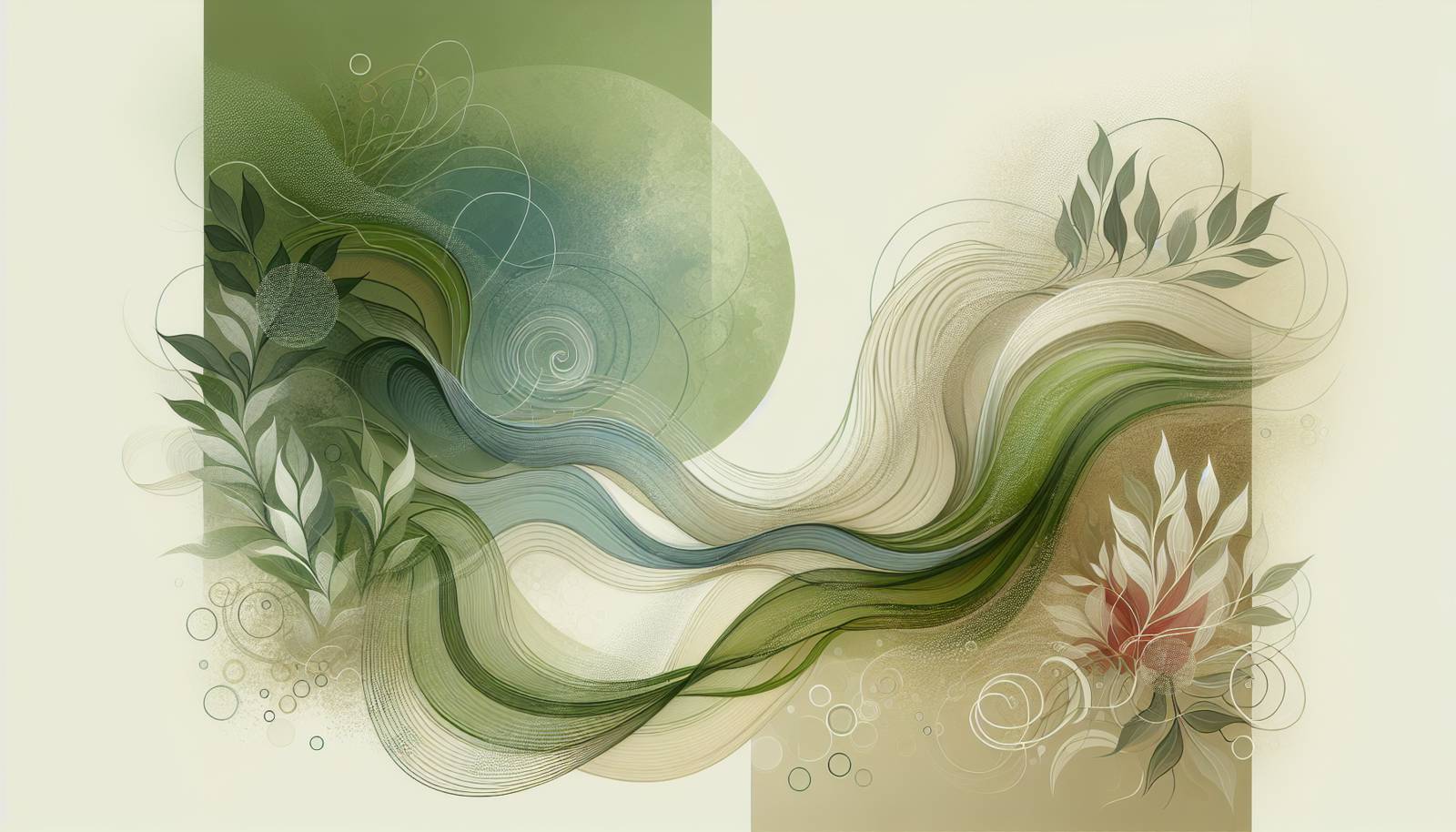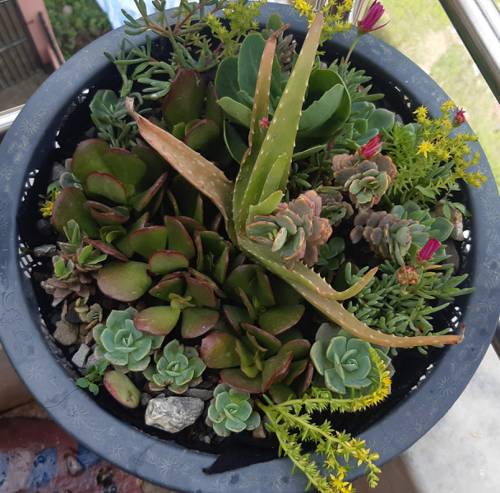
FAQ About Indoor Plant Eutrophication

What is indoor plant eutrophication?
Indoor plant eutrophication is a condition where there is an excessive accumulation of nutrients, particularly nitrogen and phosphorus, in the soil, leading to negative effects on plant health. This nutrient overload can cause harm to the plant and disrupt its normal growth processes.

What causes eutrophication in indoor plants?
Eutrophication in indoor plants is primarily caused by over-fertilization. Using too much fertilizer or applying it too frequently can lead to a build-up of nutrients in the potting soil, which plants cannot fully absorb. Poor drainage and a lack of leaching can exacerbate this condition.

Why is eutrophication harmful to indoor plants?
Excess nutrients from eutrophication can cause leaf burn, root damage, and stunted growth in indoor plants. These nutrients can alter the soil pH, making it inhospitable for plant roots, and can also promote the growth of harmful algae and bacteria in the potting mix.

How can I identify eutrophication in my indoor plants?
Signs of eutrophication in indoor plants include yellowing leaves, leaf tip browning, wilting despite sufficient watering, and the presence of white crust on the soil surface. Algae or mold growth in the soil is also a potential indicator.

What are some methods to prevent eutrophication in indoor plants?
To prevent eutrophication, use fertilizers sparingly and follow the manufacturer’s instructions for the correct dosage. Ensure proper drainage in pots and occasionally flush the soil with water to remove excess nutrients. Choosing a balanced fertilizer can also help avoid nutrient imbalances.

How can I remedy eutrophication in indoor plants?
To remedy eutrophication, you can leach the soil by pouring excess water over the soil and allowing it to drain thoroughly. Repotting the plant with fresh soil might be necessary in severe cases. Adjusting your fertilization regime and ensuring adequate drainage are key steps in recovery.

Can indoor plant eutrophication affect air quality?
While eutrophication primarily affects plant health, an unhealthy plant can perform less efficiently in improving air quality through photosynthesis. Additionally, the decomposition of organic matter due to excessive nutrients might release volatile compounds, negatively impacting indoor air quality.

What is the relationship between indoor plants and nutrient cycling?
Indoor plants participate in nutrient cycling by absorbing nutrients from the soil for growth and then returning them to the soil through leaf litter and root decay. Eutrophication disrupts this balance, leading to nutrient overload in the soil.

How does soil drainage affect eutrophication in indoor plants?
Poor soil drainage contributes to eutrophication by preventing excess water from flushing out accumulated nutrients. Ensuring proper drainage helps maintain a balance of nutrients by allowing excess fertilizers and salts to leach out.

Are certain indoor plants more susceptible to eutrophication?
Plants with delicate root systems or those requiring less frequent fertilization, such as succulents and some tropical plants, may be more susceptible to eutrophication. These plants can be more easily overwhelmed by nutrient excess compared to hardier plant varieties.

Can changing the type of potting soil help manage eutrophication?
Yes, using a well-draining potting mix can aid in preventing eutrophication. Soil mixes with good aeration and drainage properties reduce the risk of nutrient build-up by facilitating better water flow, which helps wash away excess nutrients.

Is it possible for eutrophication to occur naturally indoors without fertilization?
Though rare, eutrophication can occur naturally if water sources contaminated with high nutrient levels, such as tap water with excessive mineral content, are used frequently. Accumulation may also result from decomposing plant material and infrequent soil changes.

What role does watering frequency play in eutrophication of indoor plants?
Watering frequency is crucial; overwatering can prevent nutrient absorption by keeping the roots too wet, while underwatering doesn’t allow for flushing out excess nutrients. Balanced watering ensures both absorption and leaching processes occur effectively.

Are there any long-term effects of eutrophication on indoor plant growth and productivity?
Long-term effects of eutrophication include persistent stunted growth, nutrient lock-out where plants cannot absorb nutrients efficiently, and increased susceptibility to diseases and pests. Over time, the soil's physical structure might also degrade, impacting plant productivity.

How does indoor plant eutrophication differ from outdoor plant eutrophication?
Indoor plant eutrophication tends to be faster due to restricted root space, controlled environments, and intensive fertilization practices. In contrast, outdoor plants benefit from natural processes such as rain and soil organisms that help recycle and balance nutrients.

Can eutrophication lead to pests in indoor plants?
Yes, eutrophication can attract pests such as fungus gnats, which thrive in nitrogen-rich and moist soils. Additionally, weakened plants are more susceptible to infestations by other pests including spider mites and aphids, which are attracted to stressed plants.

What is the best type of fertilizer to prevent eutrophication in indoor plants?
Using slow-release or balanced fertilizers can prevent eutrophication by gradually supplying essential nutrients without overwhelming the soil with excess. Organic fertilizers that release nutrients through microbial action are also beneficial in maintaining a balanced nutrient profile.

How does pot size influence the risk of eutrophication in indoor plants?
Smaller pots hold less soil, increasing the risk of nutrient build-up due to limited volume and drainage capacity. Selecting appropriately sized pots with adequate drainage holes helps in managing nutrient levels and reducing the risk of eutrophication.

Can microbial activity in potting soil combat eutrophication?
Beneficial microbes in the potting soil can aid in breaking down organic matter, thus potentially reducing nutrient overload by facilitating better nutrient cycling. However, severely eutrophied conditions might still require direct intervention such as soil flushing or repotting.

What are some signs of recovery in indoor plants after treating eutrophication?
Signs of recovery include the appearance of new growth, improvement in leaf color, and the absence of nutrient burns or discoloration. Healthy root development and a reduction in pest activity also indicate recovery from eutrophication.
